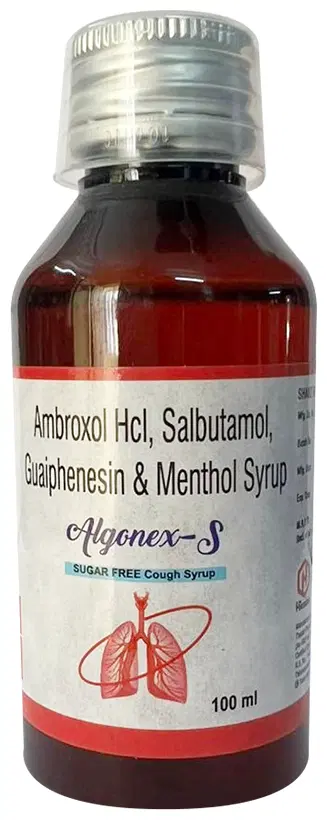Symptomatic relief asthma
Asthma is a chronic respiratory condition characterized by inflammation and narrowing of the airways, leading to difficulty in breathing, wheezing, coughing, and shortness of breath. Symptomatic relief medications for asthma work by relaxing the muscles around the airways, reducing inflammation, and opening up the air passages, making it easier to breathe.
Commonly prescribed medications for symptomatic relief of asthma include:
Short-acting beta-agonists (SABAs): These medications, such as albuterol (Ventolin, ProAir HFA), provide rapid relief of asthma symptoms by relaxing the airway muscles. They are typically administered through an inhaler or a nebulizer.
Long-acting beta-agonists (LABAs): LABAs, such as salmeterol (Serevent) and formoterol (Foradil), provide long-lasting relief from asthma symptoms. These medications are usually prescribed in combination with inhaled corticosteroids for more effective symptom control.
Inhaled corticosteroids: These medications, such as fluticasone (Flovent) and budesonide (Pulmicort), reduce inflammation in the airways, making it easier to breathe. They are often prescribed in combination with LABAs for better symptom control.
Combination inhalers: These medications, such as Symbicort (combination of budesonide and formoterol) and Advair (combination of fluticasone and salmeterol), combine the effects of inhaled corticosteroids and LABAs for more effective symptom control.
Use these medications as directed by a healthcare professional to ensure optimal symptom relief and prevent potential side effects. Always consult with a healthcare provider before starting any new medication for asthma symptom relief.

Showing 13–21 of 21 results
Showing 13–21 of 21 results



